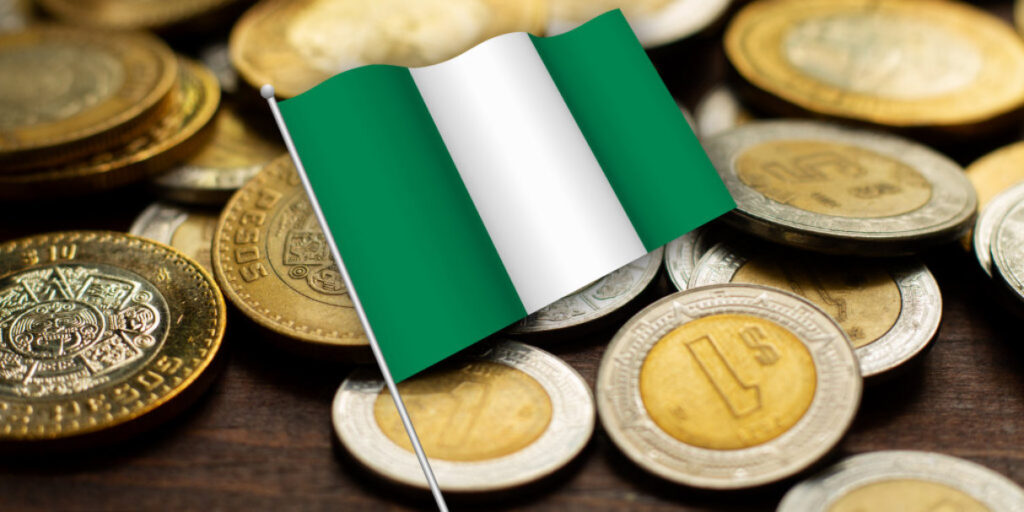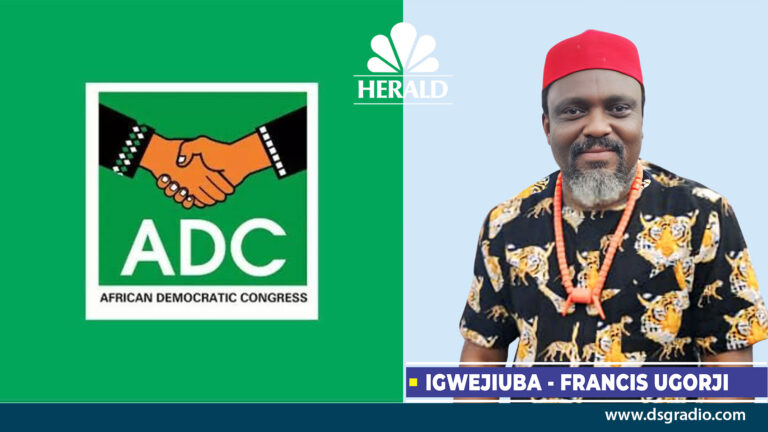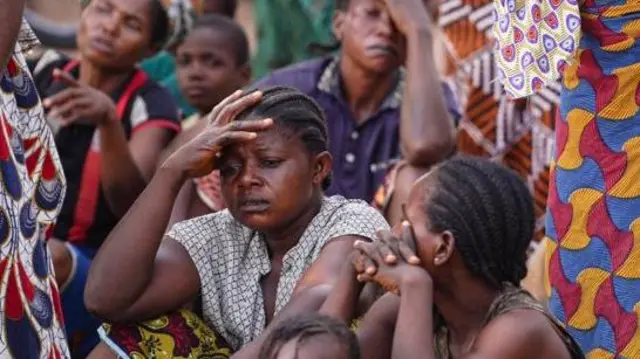Currency Support Measures: Nigeria and Global Case Studies

In-Depth Commentary: Currency Policy Responses + Currency Support Measures
Currency Policy Responses in a Global Economic Context
Currency policy responses are a country’s strategic reactions to challenges in the exchange rate market. These may include interest rate adjustments, foreign reserve interventions, and regulatory changes designed to manage inflation, strengthen the domestic currency, or stabilize macroeconomic conditions.
Globally, these responses vary widely based on each country’s economic structure. Policy responses are often preemptive and coordinated for developed economies like the United States or the Eurozone. In contrast, emerging markets like Nigeria, Argentina, or Turkey usually react to more urgent pressures like capital flight, inflation, or currency speculation.
The effectiveness of these responses depends on several factors, including the credibility of the central bank, investor confidence, and coordination with fiscal policies.
Nigeria’s Recent Currency Policy Responses
In 2023 and 2024, Nigeria introduced major currency policy responses to fix distortions in its foreign exchange system. President Bola Tinubu’s administration unified the official and parallel (black market) exchange rates, a move long recommended by the International Monetary Fund (IMF) and the World Bank.
Before this reform, Nigeria operated multiple exchange rates, leading to arbitrage and a lack of transparency. The Central Bank of Nigeria (CBN) removed the official rate peg, allowing the naira to float more freely. As a result, the naira sharply depreciated—from around ₦460/$ to over ₦1,600/$ at some points. To stabilize the situation, the CBN rolled out several currency support measures:
- Increased interest rates (currently around 24.75%) to fight inflation.
- Injected foreign reserves into the market to manage liquidity.
- Promoted diaspora remittances through formal channels.
- Intervened in the Bureau De Change (BDC) segment to meet retail forex demand.
These measures were necessary to restore investor confidence and combat inflation, which topped 30% in early 2024.
Currency Support Measures: Tools for Stability
Currency support measures are interventions by central banks or governments to protect their currency’s value and ensure the smooth functioning of the foreign exchange market. These may include:
- Selling foreign reserves to prop up the local currency.
- Imposing capital controls to prevent outflows.
- Providing dollar liquidity to critical sectors (e.g., fuel importers).
- Engaging in swap deals with friendly central banks.
- Managing public communication to avoid panic in markets.
In Nigeria’s case, the CBN has used a combination of interest rate tightening and limited forex interventions to stabilize the naira. Though reserves dipped slightly during aggressive interventions, the authorities recently secured a $3 billion loan facility from Afreximbank and additional funding from the World Bank. These are part of broader currency support measures aimed at shoring up the naira.
Lessons from the United States and Europe
In the United States, currency policy responses are closely tied to inflation data and employment figures. When inflation rose post-COVID-19, the Federal Reserve hiked interest rates aggressively from near zero to over 5% between 2022 and 2023. This strengthened the U.S. dollar globally, attracting capital inflows and putting pressure on currencies like the euro, yen, and naira.
Similarly, the European Central Bank (ECB) raised rates for the first time in over a decade in response to energy-driven inflation. These moves reflect how advanced economies use monetary tools proactively to maintain stability.
Unlike Nigeria, the U.S. and EU do not rely on direct market interventions. Instead, they use transparent signaling and monetary tightening to influence currency movements. This builds long-term confidence and reduces speculative attacks.
China’s Unique Strategy: Managed Currency Stability
China represents an entirely different model. The People’s Bank of China (PBoC) manages the yuan through a crawling peg system. It sets a daily midpoint against the U.S. dollar and allows small fluctuations within a band. The PBoC also uses state-owned banks to buy or sell USD when needed, functioning as a stealth stabilizer.
China’s currency policy responses are designed to preserve export competitiveness while preventing sharp depreciation. This is part of a long-term strategy to promote yuan internationalization without losing control over its domestic economy.
In contrast, Nigeria lacks such deep reserves or export strength, making it more vulnerable to external shocks and speculative activity.
Structural Challenges in Nigeria
While Nigeria’s currency policy responses are steps in the right direction, several structural issues limit their effectiveness:
- Over-reliance on oil exports: Oil still accounts for over 90% of Nigeria’s forex earnings.
- Low export diversification: Non-oil sectors struggle to bring in foreign exchange.
- Weak investor confidence: Due to past policy inconsistencies and insecurity.
- High inflation: Driven by subsidy removals and food prices, eroding monetary gains.
Even the best currency support measures may only offer short-term relief without addressing these underlying issues.
Future Outlook and Policy Recommendations
Nigeria must go beyond emergency responses to build a resilient currency framework. Long-term currency stability requires:
- Diversifying exports—by supporting agriculture, manufacturing, and tech.
- Strengthening institutions—to restore investor confidence in policy credibility.
- Expanding forex supply—via diaspora inflows, FDI, and tourism.
- Improving data transparency—to guide market decisions with accurate signals.
- Reducing dollar demand—by boosting local production and payment systems.
These structural reforms should accompany continued currency policy responses like interest rate management and inflation targeting.
Other countries like India have also pursued these paths. The Reserve Bank of India (RBI) intervenes lightly in currency markets, focusing more on inflation control and building reserves through trade surpluses and services exports.
Conclusion: A Delicate Balancing Act
Currency policy responses and currency support measures are not one-size-fits-all solutions. Each country must tailor them to fit its unique economic landscape. In Nigeria’s case, recent policies show a willingness to embrace reform. The floating of the naira and tighter monetary policy reflect a shift toward market principles.
However, such actions must be backed by deeper institutional and structural reforms. While interventions like interest rate hikes and dollar injections can stabilize short-term volatility, they are not substitutes for long-term economic transformation.
As global financial conditions remain tight and geopolitical tensions persist, countries like Nigeria must remain proactive and strategic. The right mix of short-term and long-term reforms, currency policy responses, and currency support measures can help build a stable, growth-driven economy.



